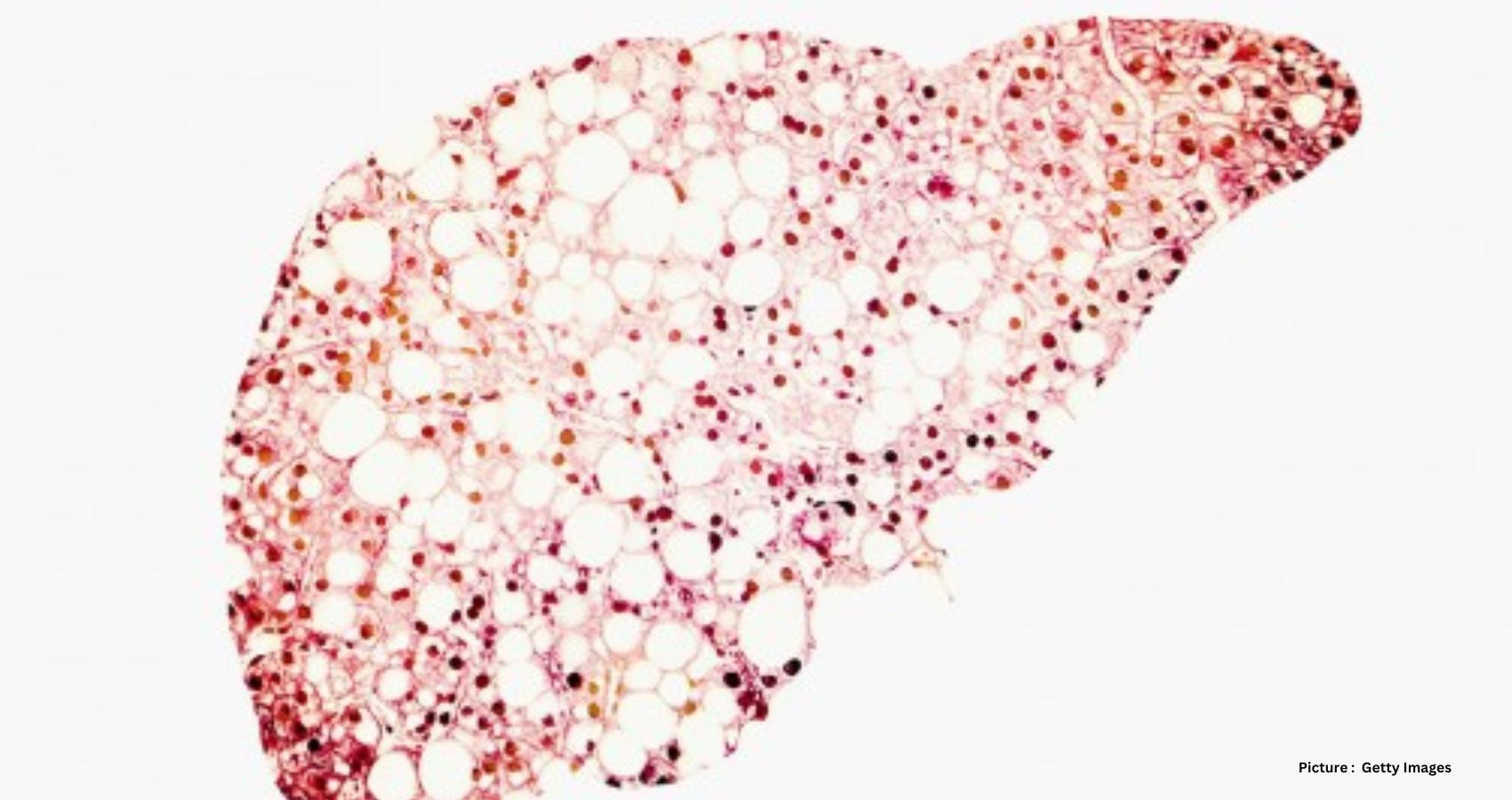You’ve likely encountered the recommendation that adults should strive for 10,000 steps daily. While this guideline offers a straightforward directive, it overlooks the diversity of human lifestyles and physical compositions.
A global team of researchers has uncovered that even individuals with predominantly sedentary habits can mitigate the adverse effects of prolonged sitting by integrating more steps into their daily routines.
The prevalence of sedentary lifestyles is on the rise, with established connections to heightened risks of cardiovascular disease (CVD), elevated susceptibility to cancer and diabetes, and a reduced lifespan. Conversely, individuals with higher step counts and brisk walking paces tend to experience diminished risks.
Yet, it remained uncertain whether markedly sedentary individuals could mitigate these concerning health risks through daily step increments.
The study revealed that irrespective of sedentary tendencies, higher step counts correlated with reduced CVD risk and mortality rates. Consequently, those confined to desk-bound roles need not despair entirely, although researchers emphasize the importance of overall sedentary time reduction.
“This is by no means a get out of jail card for people who are sedentary for excessive periods of time,” says population health scientist Matthew Ahmadi from the University of Sydney in Australia.
“However, it does hold an important public health message that all movement matters and that people can and should try to offset the health consequences of unavoidable sedentary time by upping their daily step count.”
Ahmadi and his team scrutinized data from 72,174 volunteers enrolled in the UK Biobank, an extensive longitudinal dataset established in 2006 to track participants’ health metrics over at least three decades.
Each participant contributed an average of 6.9 years’ worth of general health data. Utilizing wrist accelerometers worn for seven days, researchers estimated physical activity levels, including step counts and sitting durations.
The median daily sedentary duration stood at 10.6 hours. Individuals surpassing this threshold were categorized as having ‘high sedentary time,’ while those falling below were labeled as having ‘low sedentary time.’
The study excluded participants whose initial two years of data might have been influenced by poor health, limiting the findings to generally healthy individuals for the first two years of data collection. It remains uncertain whether the dataset included participants with disabilities impacting their step counts.
The research revealed that accumulating between 9,000 and 10,000 steps daily proved optimal for counteracting the effects of a highly sedentary lifestyle, reducing incident CVD risk by 21 percent and mortality risk by 39 percent.
Regardless of sedentary behavior, researchers found that half of the benefits manifested at approximately 4,000 to 4,500 daily steps.
“Any amount of daily steps above the referent 2,200 steps per day was associated with lower mortality and incident CVD risk, for low and high sedentary time,” Ahmadi and colleagues conclude.
“Accruing between 9,000 and 10,000 steps a day optimally lowered the risk of mortality and incident CVD among highly sedentary participants.”








